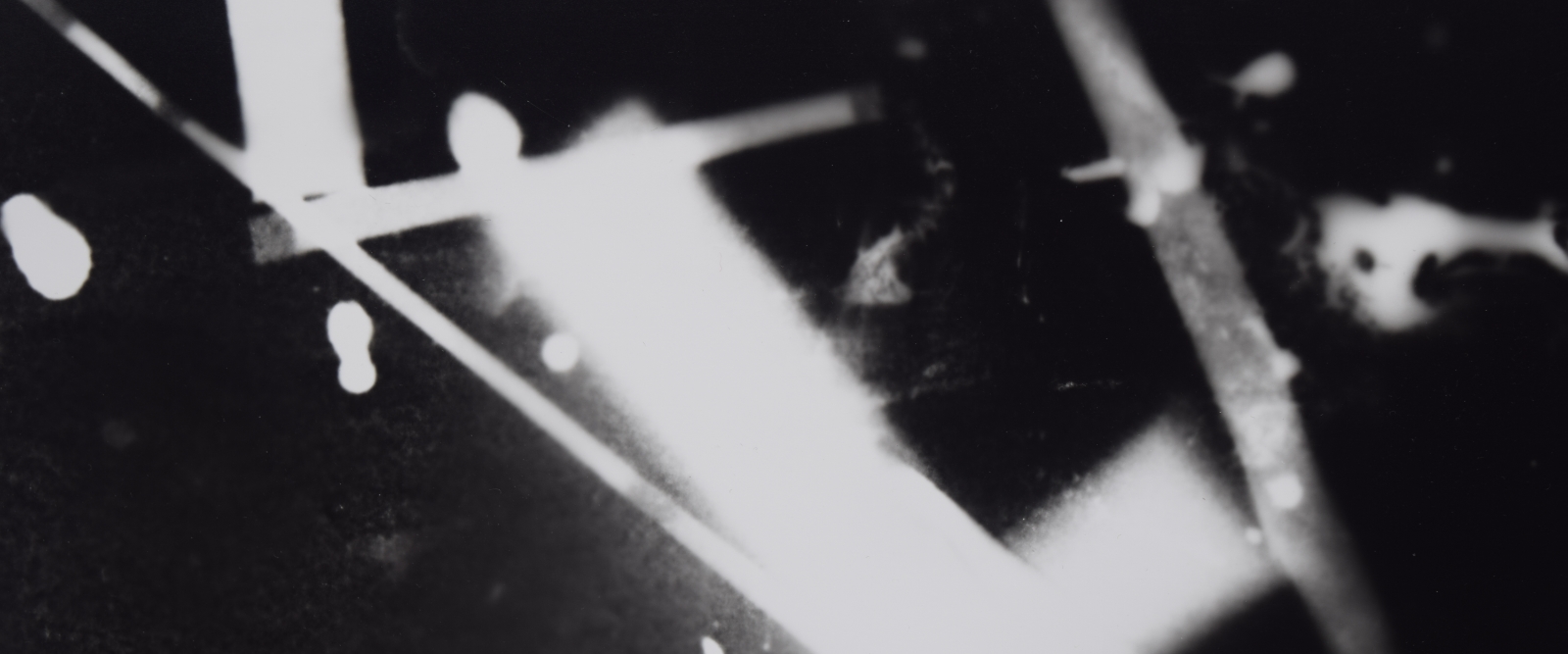Ceramics and Architecture : Making Things, Perception/Thought/Action
Urbanism : Fossil Futures~Anthropocene
Ceramics Following Resonances : Interiors in fired clay.
Ruins · Jozef van Wissem · Zola Jesus
When Shall This Bright Day Begin
℗ 2016 Jozef van Wissem and Zola Jesus
Released on: 2016-02-05
Mixer: Jozef van Wissem
Producer: Jozef van Wissem
Composer: Jozef van Wissem
Music Publisher: Wissem Music
Lyricist: Zola Jesus
https://www.youtube.com/watch?v=UR-Kx7ehxCQ&t=21s
Architecting and its ecologies/matters of concern.
The body's participation in explorations, engagements and its care in attending to the values of immediacy, vulnerability, fragility, improvisation, performance, movement, multiplicity and becoming.
Apparatuses and their ecologies for learning.
The choreographic object/agent.
The role of the body is scored through a shifting agency and the power of techniques of things.
Theorial objects of things which do theory without us imposing it, on them.
Oren Lieberman. 2013.
The Production of The Unexpected.
The Joy of Speculative Play.
Perception/Thought/Action
A caring curiosity that wants to know and understand and explore relations.
Projective Speculations.
Ecologies/Locations.
Questioning/Research.
Processual learning occurs in movements, gestures, postures, expressions and exchanges with other bodies and things.
Landscapes Of Actions.
Modalities Of Intravention
Constitutive Qualities Of Dance.
Ephemerality
Corporeality
Precariousness
Scoring
Performativity
If we start by moving, by thinking through moving, and by living through moving. We'll arrive to that disturbing vision : that the predicament of dance is to be an art of erasure. Dance always vanishes in front of our eyes in order to create a new past. The dance exists ultimately as a mnemonic ghost of what had just lived there.
Lepecki. 1996.
Bodily interactions highlight the entanglement of material through a process/processual understanding and situated analysis.
The Archive.
Matters of Concern.
Terms of Engagement.
Interrogate with descriptors and new issues of practice.
Bringing Things to Life.
Starting conditions for responsible and curiosity driven engagements with the world.
Place-Refreshed.
New-Agencies
The Interconnectedness of Places.
For Ingold, congealed places become relationships/connections for lines of occupation.
Curriculum making/experience as the enactment of dwelling in places.
Landscape Constructions/Observatory/Garden.
Raveningham, drawing,mapping, landmarking paths, wayfinding, territories.
Ceramics and Architecture
Marking The Line.
In response to Sir John Soane.
Joanna Bird. 2013
Arranging the physical space/circulation to receive forms/intraventions.
Christie Brown, her practice engages with mythology and narrative and the parellels between psychoanalysis and archaeology through figurative work, which references archaic collections and the significance of inanimate objects in human lives.
Carina Ciscato, relocated to London in 1999, where she worked in the studio of Julian Stair and Edmund de Waal. The move, the contrast in culture and in attitudes to ceramics, has seen her work grow in confidence and move in exciting new architectural directions.
Nicholas Rena, his art is concerned with reconciling the domestic and the sacred, through the medium of the vessel, a form that reveals in a single look an exterior, the figure- and an interior – the inner life. Rena's strong , expressionist forms make explicit this duality, this communion and tension between our inner and outer life. His intensity and feeling for interior space imbues his work with immense presence and stillness.
Clare Twomey is an advocate for craft as commensurable to the wider visual arts. Her practice can be understood as 'post studio ceramics' as her work engages with clay yet often at a critical distance. Twomey's work negotiates the realms of performance, serial production, and transience, and often involves site-specific installations. She is especially concerned with the affective relations that bind people with things, and how objects can enable a dialogue with a viewer.
Joanna Bird Pottery
Director of the Joanna Bird Foundation. London.
Ceramic Forms and Paintings.
Materials/Substances on a drawn and constructed surface.
Drawings, wax and yellow ochre on layered canvas and paper.
Water : A Phenomenal Lens.
The transformative properties of the substance.
The 'void space' water gardens and the interior ceilings of the adjacent apartments are connected by reflected light from the ponds. These 'void spaces', three inches of water over black smooth stones from Ise, are analogous to a sacred space within the every day world of domestic urban life.
An attention to phenomenal properties of the transformation of light through material can present poetic tools for making spaces of exhilarating perceptions.
Imaginative metaphysics shows that man becomes all things by not understanding them- for when he does not understand he- becomes them by transformation himself into/with them.
Refraction/Reflection/Spatial Reversal Phenomena.
Time : Duration and Perception.
Duration as a multiplicity of secession, fusion, and organisation.
Henri Bergson.
One's perception modifies consciousness, attention is broadened, time is distended, just as in the density of language.
Thus when I measure time, I measure impressions, modifications of consciousness.
Saint Augustin.
Time conceived as the analog between architecture and cinema, passing time was measured and observed in a precise strip of sunlight which slowly formed different reflections as it passed across the glossy lack floor.
The physical and perceptual experience of architecture is not a scattering or dispersion, but a concentration of energy. This physically experienced 'lived time' is measured in the memory and the soul in contrast to the dismemberment of fragmented messages of media..
Steven Holl.
Outpost 100223
Hungate, Norwich.
Anglian Potters
Undercroft, Norwich. 2023
Helgate Proposal
Exploratory Ceramic Practice.
Clay Making.
Plaster Work.
Commissioning of Gas Kiln for large scale works.
Glass Tech Kiln.
















.jpg)

.jpg)


.jpg)





.jpg)
.jpg)
.jpg)
.jpg)





















.jpg)
.jpg)



.jpg)
.jpg)
.jpg)